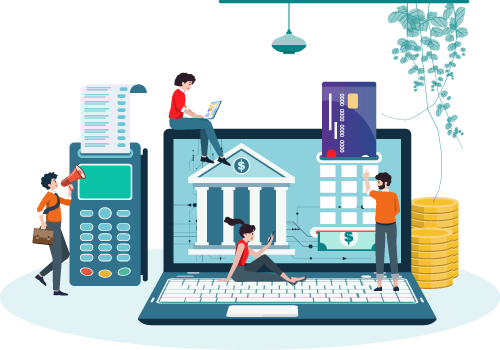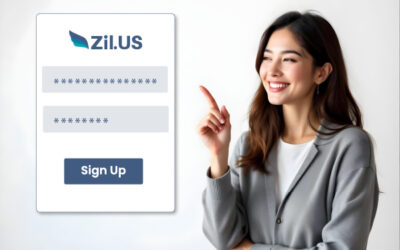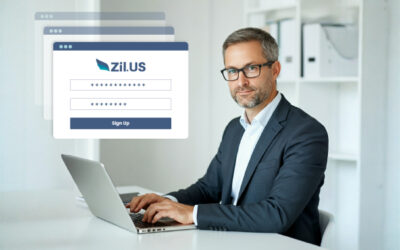There’s no doubt having an online checking account has many advantages. You can manage your account using a computer or a smartphone. You can check your balance, pay bills, and transfer money from one account to another. Using a smartphone app, you can easily deposit a check into your account by simply taking a picture of both sides of the check. Also, many online payments have a contract with ATM providers so customers can use their machines to make deposits in cash.
Online Transactions
Online checking gives you advantages. That said, consumers must be aware of some disadvantages that come with the turf.
You can open an account, check your activities, transfer money, pay bills
You might miss out on speaking with a teller one-on-one. Online Payments also means you must be on top of what’s going on with your account and always protect your login information and never give this information to anyone.
Online Accounts Offer Lower Fees & Higher Yields
Because online payments have less overhead, the amount is passed on to the clients in the form of lower fees and higher yields. Online payments often offer checking accounts with an APY of 1% or higher. Another advantage of online checking is its low fees as a result of overhead savings being passed on to the client. In general, online payments do not have dedicated ATMs, so reimbursements are passed on to their clients for charges they incurred making out-of-network withdrawals.
You Can Take Advantage of High-Tech Features
Most online checking accounts offer high-tech features such as budgeting assistance and compatibility with personal finance software, including Quicken and Microsoft Money. Many accounts will let you set up automatic weekly or monthly transfers of a given amount of money to move from one account to another. This service will help you stay on a monthly budget or increase your savings. Another great feature is finance software which helps with budgeting and makes filing your taxes so much easier.
The Downside of Online Checking Accounts
Before jumping on board with an online checking account, there are a few downside issues to consider. You will not have a personal banker from your local branch to help you deal with problems that might arise in your account. You will have a call center representative from a toll-free customer service number to assist you. Most banks offer 24-hour customer service by phone, while some limit customer service to normal business hours. That said, you can still go to your bank’s branch, and someone can pull up your account and help you out.
Another concern to take into consideration is online security. There are very few things that people are more protective of than their financial information. Practically nothing else can be more frightening than your account falling into the hands of a complete stranger who has bad intentions and is up to no good.
Although most online payments offer encryption software and high-tech site security, cybercriminals can use malware to infect online payments customers’ browsers and steal their login and password information. It’s important to keep your computer and mobile devices free of malware and viruses to maintain your online checking account.
Do Traditional or Online Payments Have Better Interest Rates?
Because online payments pay less overhead than your physical bank, most will pass the savings on to their clients as lower fees or higher yields. Most banks offer approximately 0.03% in interest. Online Payments can offer checking accounts with an APY of 1% or higher.
The Disadvantages of Online Checking Accounts
You will not have the advantage of meeting up with a teller or bank manager one-on-one. As the holder of an online checking account, you must stay on top of everything going on with your account and protect your login information and never fall prey to online scams.
In Conclusion
Deciding on an online checking account over a physical bank branch has its ups and downs. The upside, you will have higher yields, lower fees, and a lot of high-tech features to help you with account maintenance and budgeting. The downside, it’s more difficult to have access to actual customer service as well as online security. The bottom line, this is a decision you must make on your own to decide which will work best for you.






